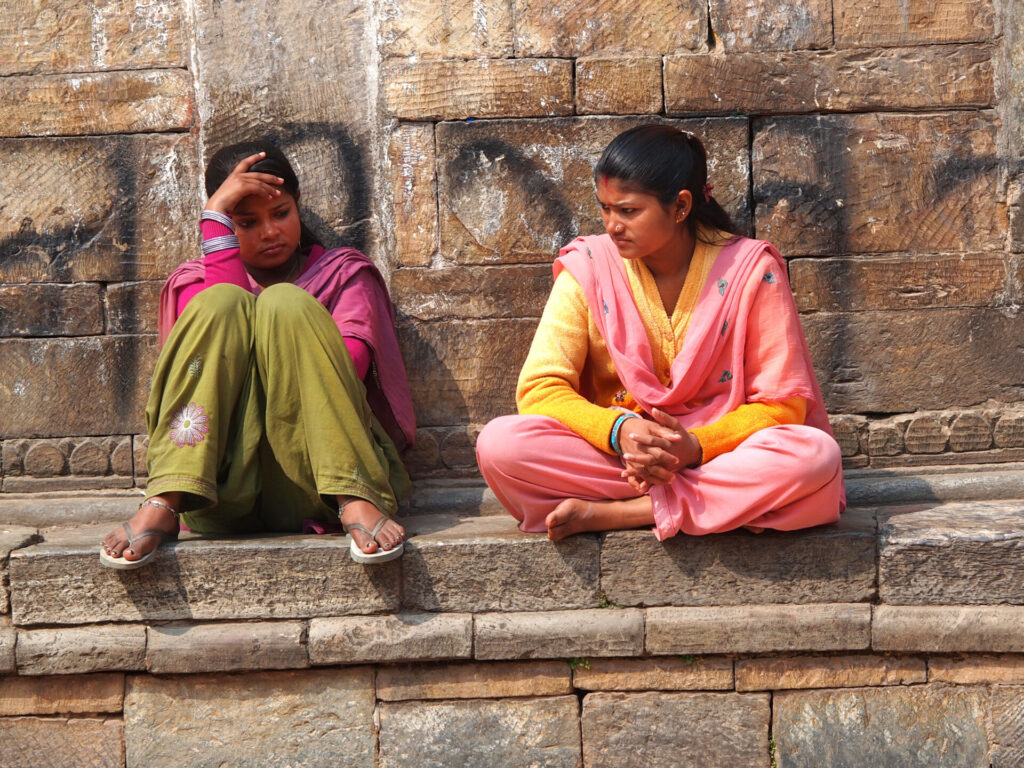A new proposal in Nepal faces opposition as it suggests lowering the minimum marriage age from 20 to 18. The proposal has initiated a major discussion between public officials and activists as well as citizens. The proposers claim that matching the legal age to the majority age would create easier legal procedures and better reflect cultural standards, yet opponents worry this change will worsen and complicate the existing child marriage problems in Nepal.
Child Marriage in Nepal: A Persistent Challenge
Nepal has the highest percentage of child marriage in Asia. According to UNICEF statistics, more than one-third of women between 20 and 24 years old got married before their 18th birthday. The number exceeded one in ten when girls reached age 15. The population of child brides in Nepal totals approximately 5 million individuals.
Multiple factors contribute to child marriage in Nepal, which is one of the reasons it is such a widespread and complicated issue. Rural families maintain poverty as a reason to view daughters as financial burdens, so they arrange marriages to lower expenses. Traditional patriarchal beliefs place value on ‘female purity’ and submission, which strengthens the practice. Lastly, restricted educational access for girls leads them to choose early marriage as their standard life path.
The practice of child marriage is not only limited to girls. The issue also affects more than 10% of Nepali boys. The phenomenon receives less attention but produces social challenges by interrupting education and creating premature family responsibilities, which lead to the continuation of intergenerational poverty.
Potential Implications of Legal Amendments
The proposed amendment to lower Nepal’s legal marriage age from 20 to 18 is more than just a legal adjustment; it is a huge societal shift which will have far-reaching consequences for children throughout the country. It may also set a precedent for other countries to lower their age of marriage too. Child rights advocates and international organisations have voiced concerns about the interconnected consequences this legal change might trigger.
The amendment risks causing a snowball effect that could normalise marriages at progressively younger ages, not only in Nepal but in surrounding countries too. Laws often serve as psychological barriers; once these are lowered, social norms can quickly adapt downward.

Educational Challenges
The educational consequences could be devastating for Nepal’s youth, particularly girls. Marriage is the leading cause of girls dropping out of school in Nepal. Among women aged 20–24 who discontinued their education, 39.8% noted marriage as the primary reason. Married girls aged 15–17 are ten times more likely to leave school than their unmarried counterparts. Sadly, children born to mothers who married before the age of 18 go on to experience educational setbacks too. Specifically, girls of women who were child brides are, on average, 0.352 years behind in school. Lowering the age of marriage will only make this issue worse and continue the generational cycle.
Health Challenges
Nepal already faces significant maternal health challenges, with girls making up 17% of maternal deaths. Pregnancies before age 20, and especially before age 18, carry higher risks of complications including obstetric fistula, prolonged/obstructed labour, postpartum haemorrhage, and maternal mortality.
Aside from physical health, the implications of child marriage mentally are huge. A study in Ethiopia found that girls married before the age of 18 had increased odds of experiencing suicidal thoughts and attempts. Similarly, research from South Asia shows that child brides are at heightened risk for depression and suicide due to increased exposure to gender-based violence. These challenges are attributed to factors such as social isolation, overwhelming domestic responsibilities, and intimate partner violence, all of which disrupt normal adolescent development.
One example of this is Anjali, a Dalit woman from rural Nepal, who was 14 when she married her husband. What followed was nearly five years of imprisonment and humiliation at the hands of her in-laws. Forbidden from entering their home, Anjali and her daughter slept in a makeshift hut through brutal monsoons and long winters. She now has built her small shelter as a refuge for her and her daughter.

Worryingly, this proposed change also contradicts Nepal’s own stated policy goals and international commitments. Nepal raised the minimum marriage age to 20 in 2017 to reduce the pressure on girls to marry before completing secondary school. The law also introduced prison sentences and fines for anyone who violated the law.
Nepal also ratified the Convention on the Rights of the Child and pledged to eliminate child marriage by 2030 as part of the Sustainable Development Goals. Lowering the marriage age sends mixed messages about priorities and undermines the credibility of the government. It would also show that countries can risk the rights of their citizens without much international interference regardless of the conventions they have signed.
Activists on the ground
Grassroots activism plays a huge role in combating child marriage in Nepal, with numerous individuals and organisations trying to create change at the community level. NGOs like Plan International have been supporting such activists and implementing programmes aimed at ending child marriage. Their initiatives focus on empowering children through education, economic opportunities, and awareness of sexual and reproductive health rights.
One notable example of grassroots activism in Nepal is Poonam, who was married at the age of 13 in the Madhesi community, where child marriage is prevalent. Despite opposition, Poonam pursued her education and became an advocate against child marriage, aiming to become a teacher and prevent other girls from marrying young.
Rahimat is also a young activist who works with Plan International. She has led multiple campaigns in her community, resulting in a reduction in early marriages and child trafficking and improvements in online safety and education for girls. Her efforts show the impact that activism can have on these communities; however, it should be the lawmakers who are making the change, not the young girls affected by the issue themselves.
Moving Forward
Nepal’s legal marriage age debate shows the complex interplay between legal frameworks, cultural practices, and child rights. Aligning legal age with societal norms may seem pragmatic, but in reality, it will have massive implications on children’s rights, health and the future of children in Nepal.
Prioritising the protection and empowerment of Nepalese children should remain the top priority when considering changes to the law. The voices of activists like Poonam and Rahimat, who have experienced the consequences of child marriage firsthand, should stay central to this conversation. Currently, there are 5 million child brides in Nepal; the countries debate should be centred around preventing the number from growing instead of attempting to heighten the issue.















